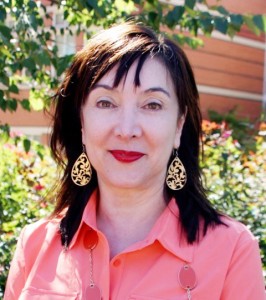Science of Learning and Educational Neuroscience – What are these sister disciplines, and why do they matter to schools, families, and society (SummerFest 2016)

Speaker: Professor Laura-Ann Petitto, HKU Sin Wai-Lin Distinguished Visiting Professor in the Humanities, Co-PI and Science Director of the National Science Foundation & Gallaudet University’s Science of Learning Center, Visual Language and Visual Learning, VL2; and Scientific Director: The Petitto Brain and Language Laboratory for Neuroimaging, Gallaudet University, Washington, D.C.
Abstract
Knowledge in the 21st century is growing at such a rapid pace that it is often challenging to teach all facts associated with a specific content domain. To face this challenge, researchers around the globe have turned to understand the components that make up human learning across multiple content domains (such as learning language, reading, and the like). Two sister disciplines have emerged called, the Science of Learning, which focuses on how humans learn across the lifespan, and Educational Neuroscience, which focuses on how children learn across early life. Comprising largely one discipline (differing mostly in the developmental period under investigation, children and adults), both are committed to combined neuroimaging and behavioral methods (state-of-the-art Cognitive Neuroscience study of how humans learn), scientific inquiry with interdisciplinary teams of experts to solve complex problems in human learning, and the following two key tenets: to identify powerful, meaningful, and principled ways that science can be translated for the benefit of society, and to pose questions in science spurred by mutual two-way knowledge exchange between science and society and society and science. Educational Neuroscience, particularly involves intensive study of five core content domains that are crucial in early childhood learning, including language and bilingualism, reading and literacy, math and numeracy, science and critical thinking ( “higher cognition”), social, emotional, and moral learning, and includes the study of action and perception. Scientific questions include the identification of the maturational sensitivity when children most optimally need to have experience with core content domains (like natural language, or learning two languages/bilingualism), how early learning can be most optimal, and what happens when learning core content domains occurs past important developmental milestones (questions of neural plasticity and neural recovery when learning particular core content domains occurs past critical or sensitive periods). Time permitting, three examples drawn from the Science of Learning/Educational Neuroscience will be discussed, with a special focus on why these findings matter to schools, families, and society.


